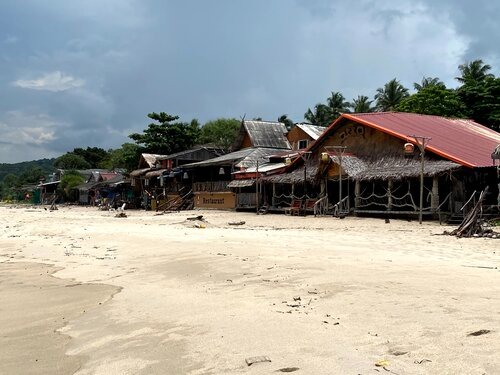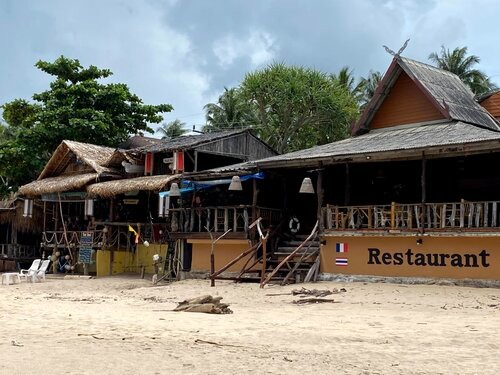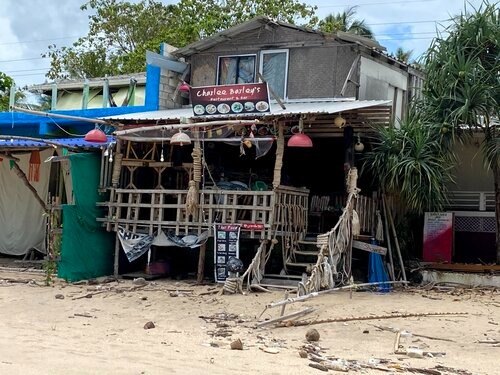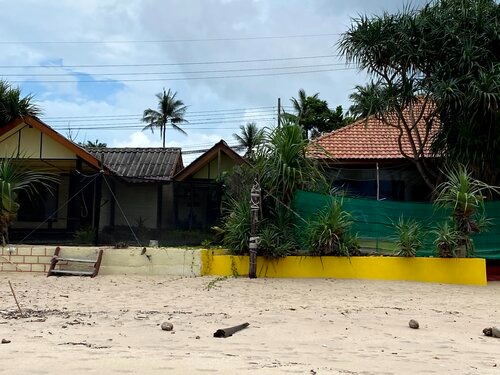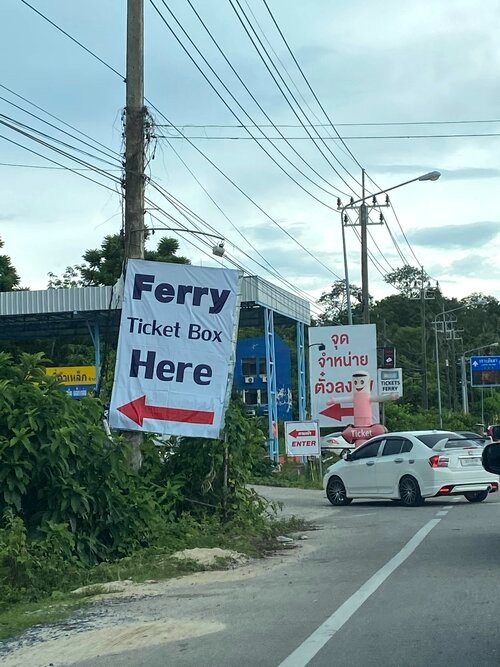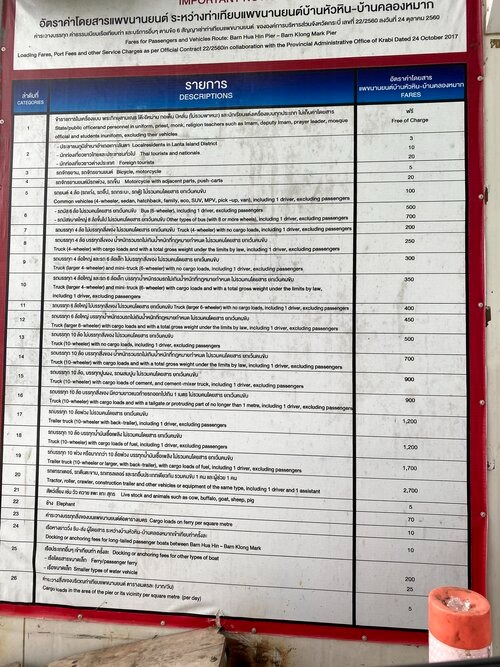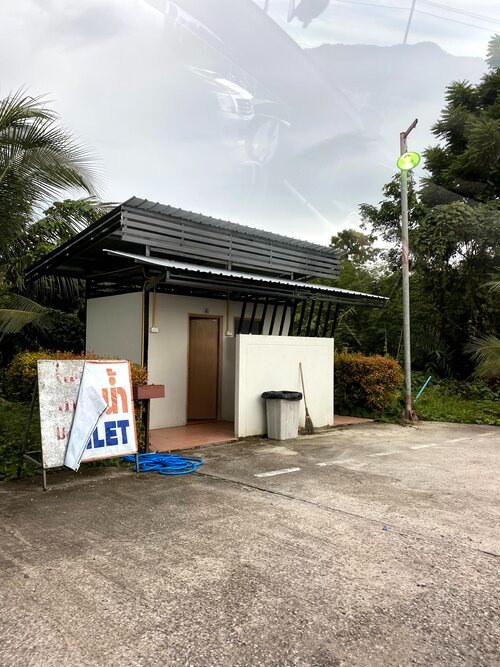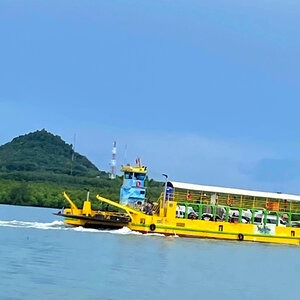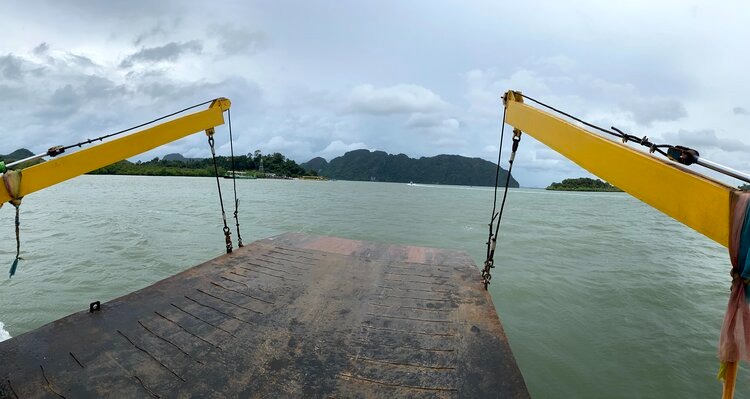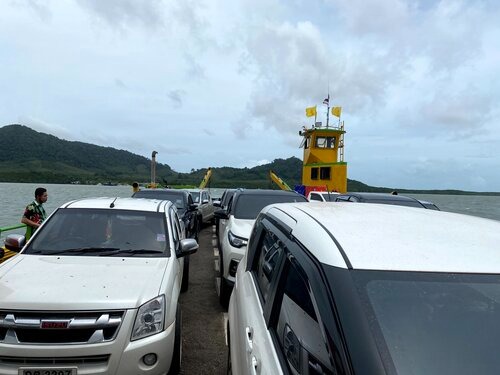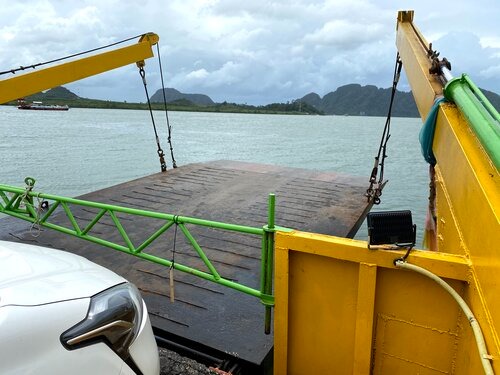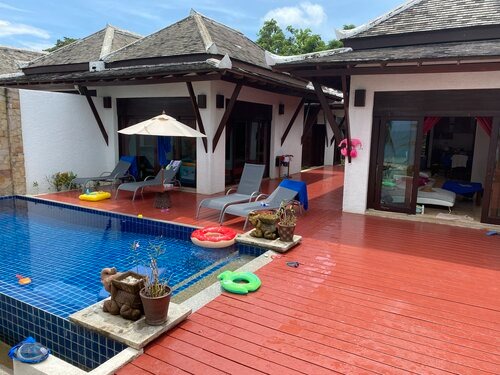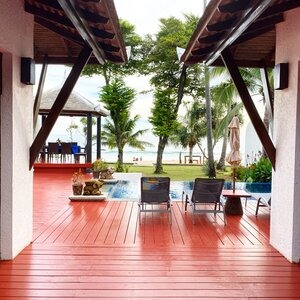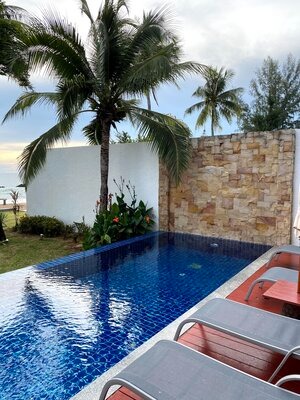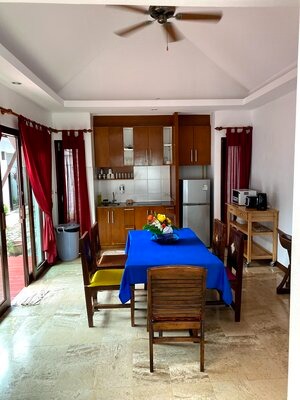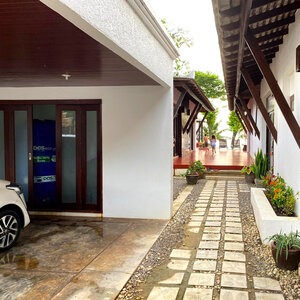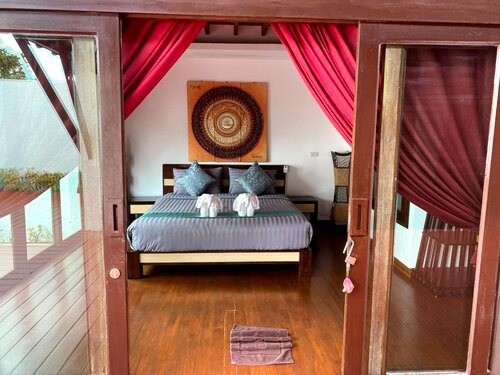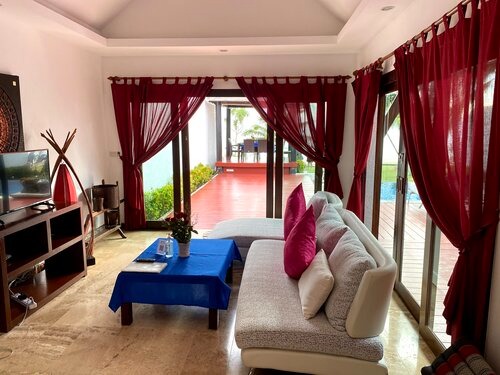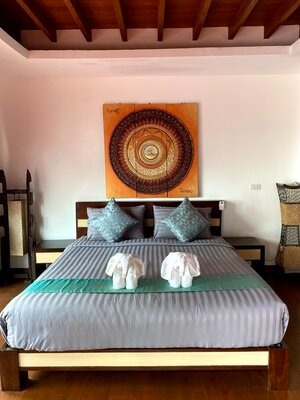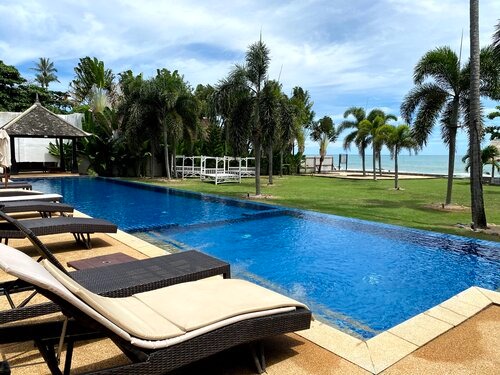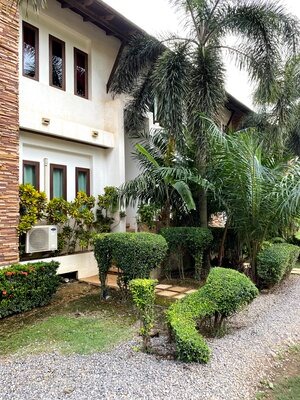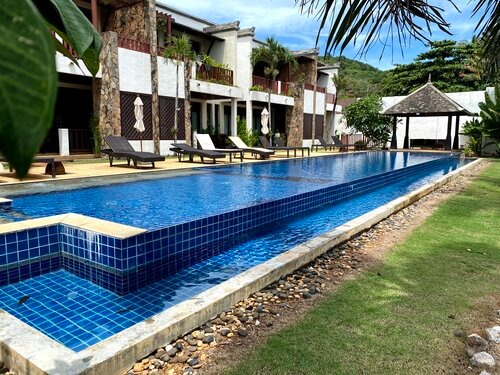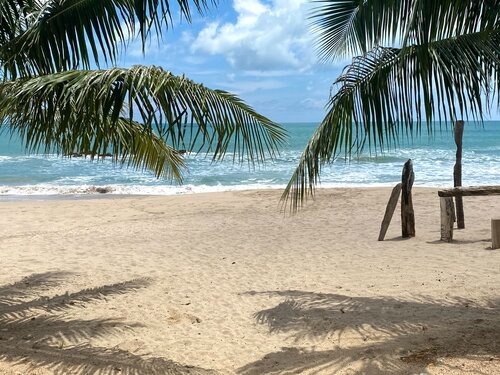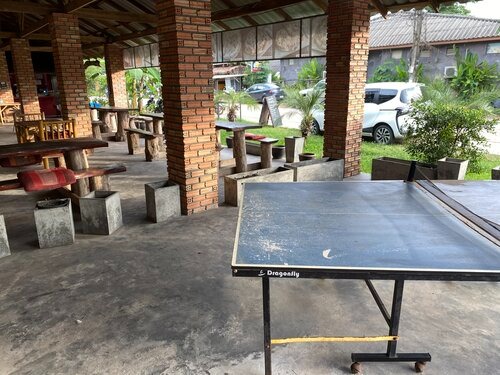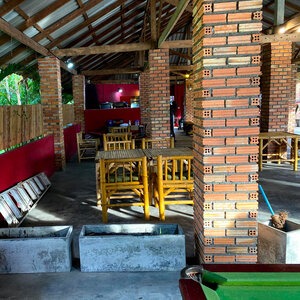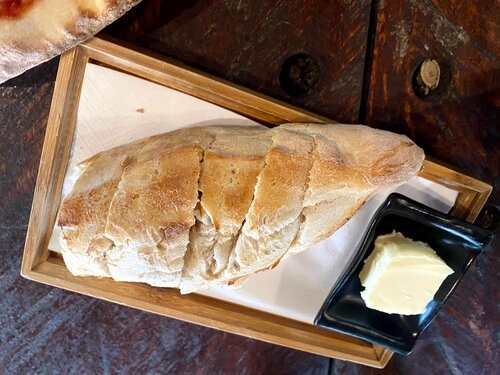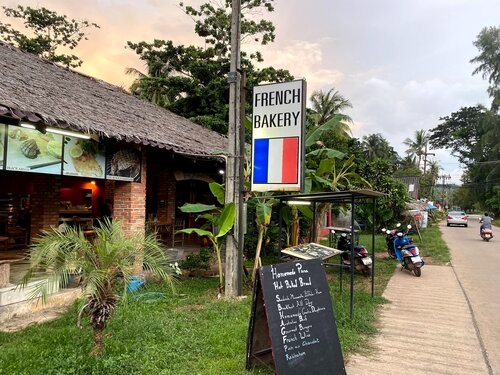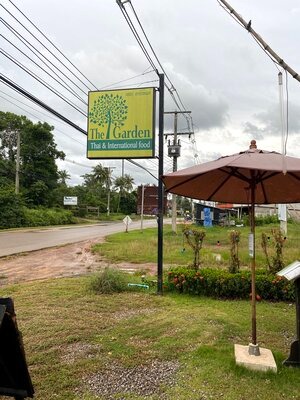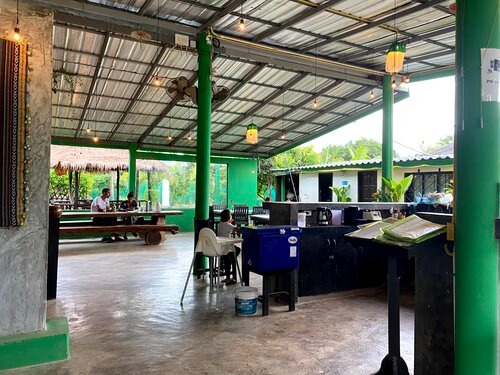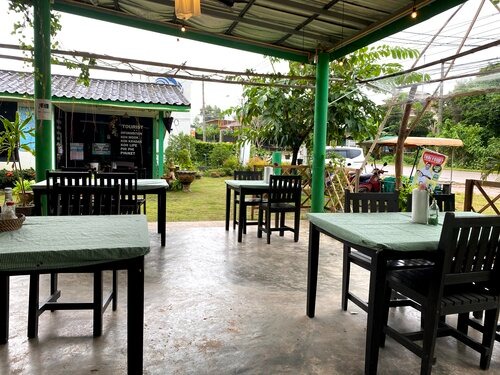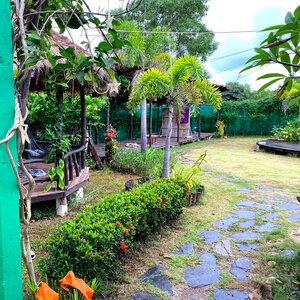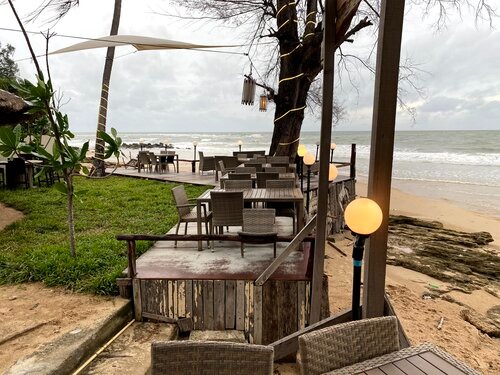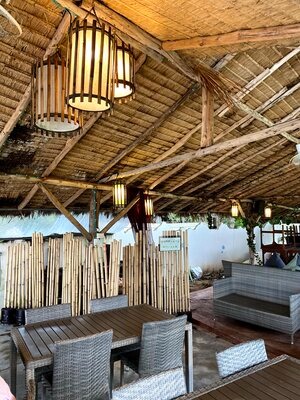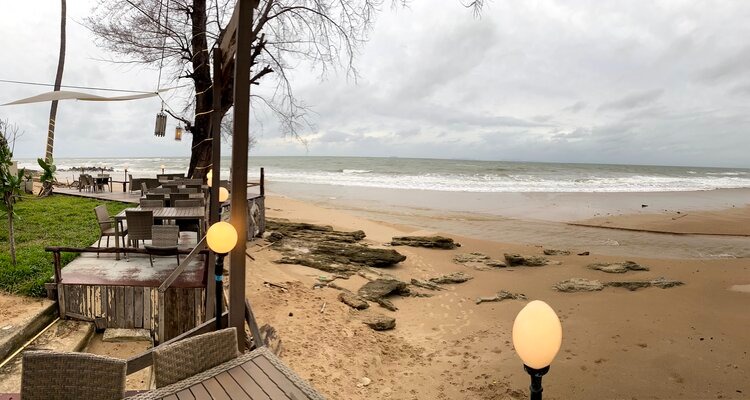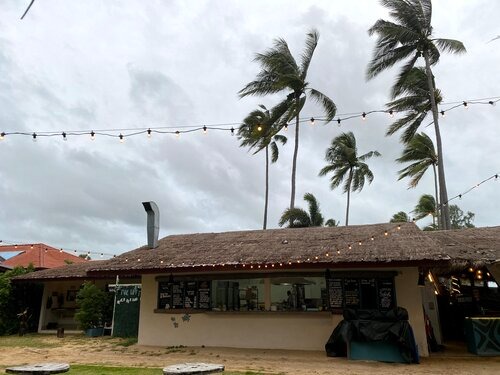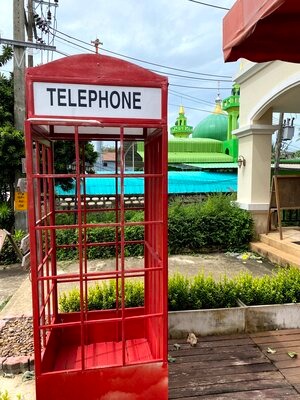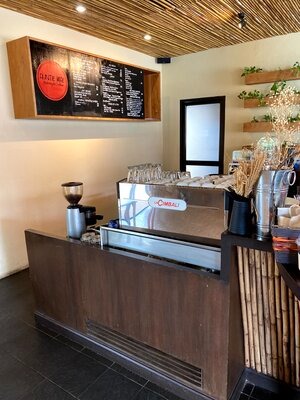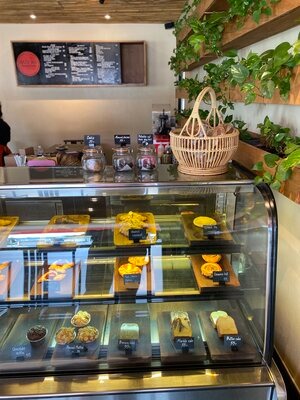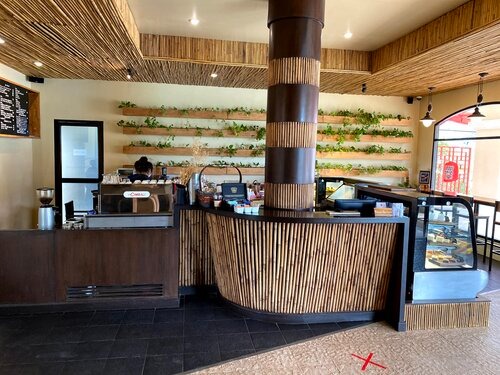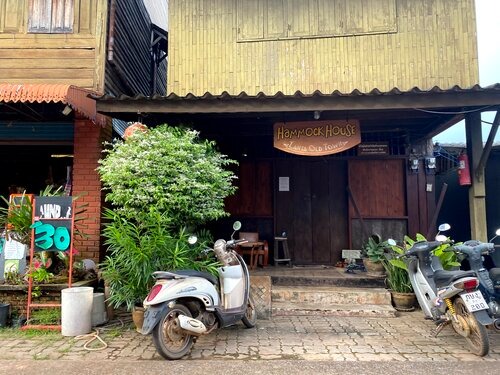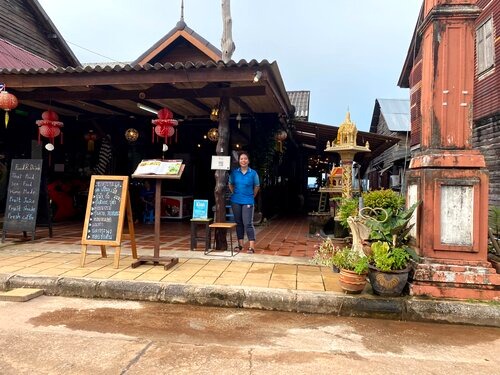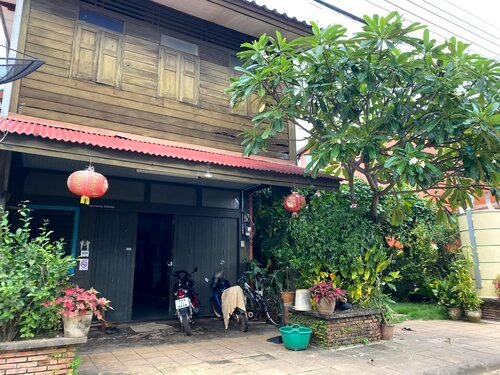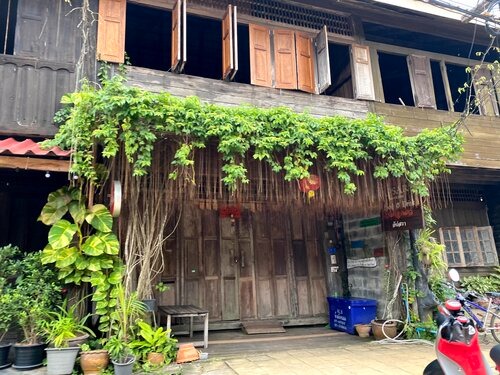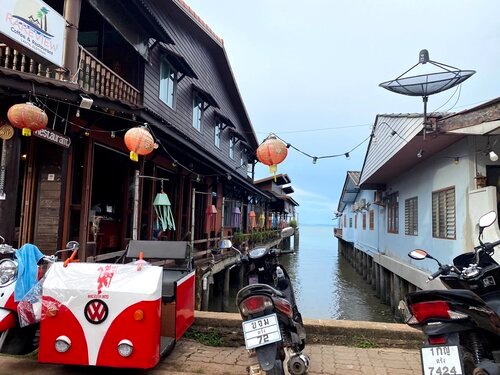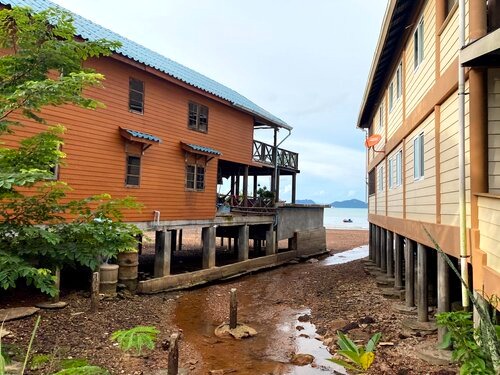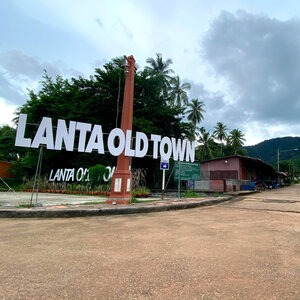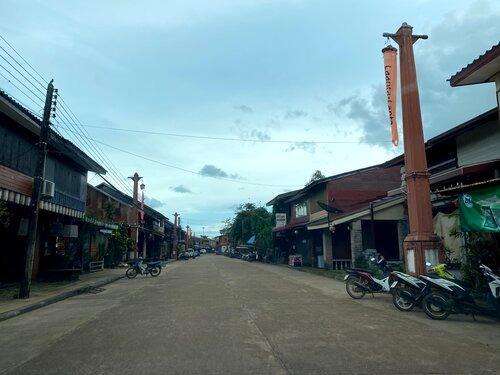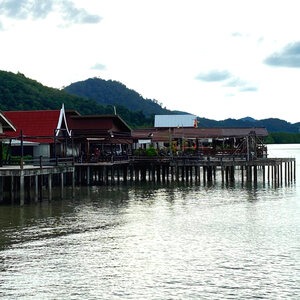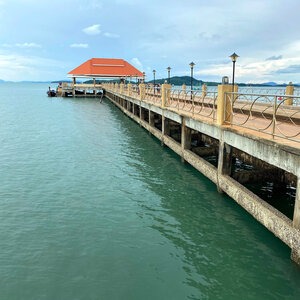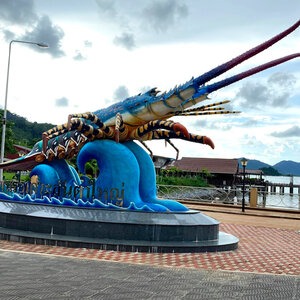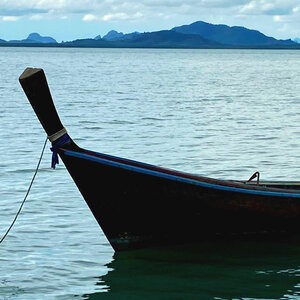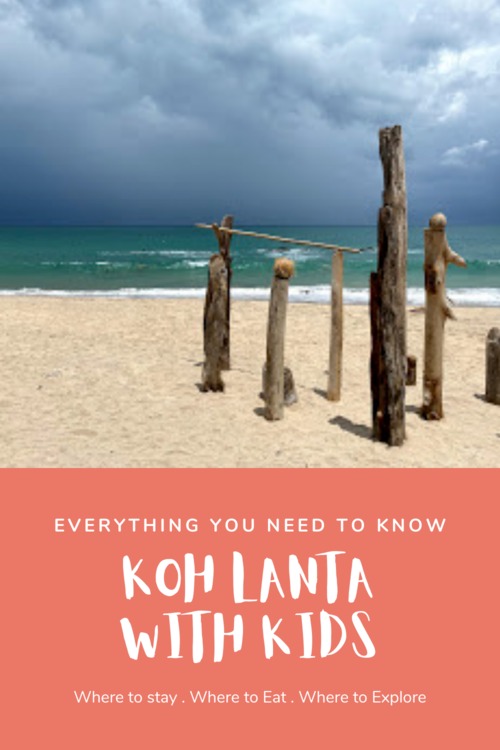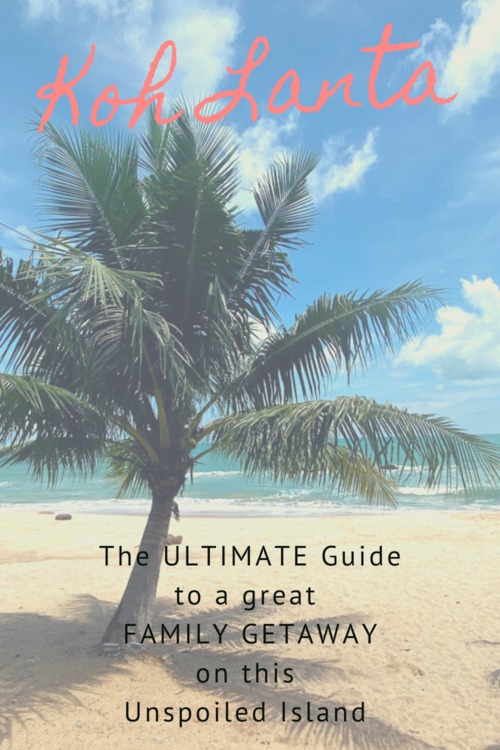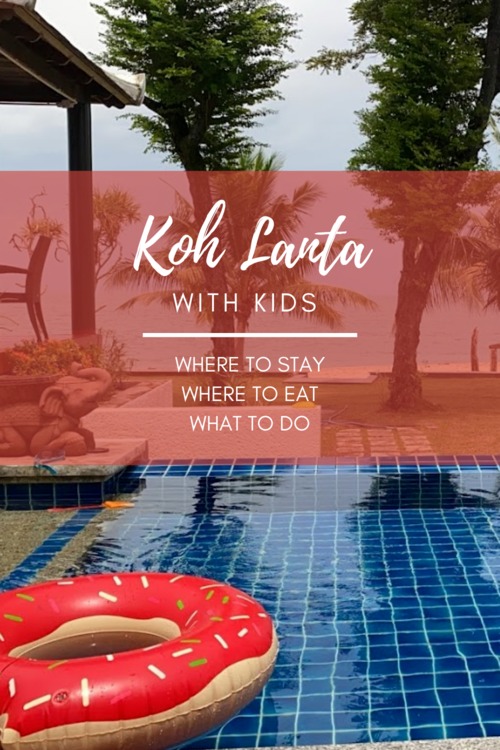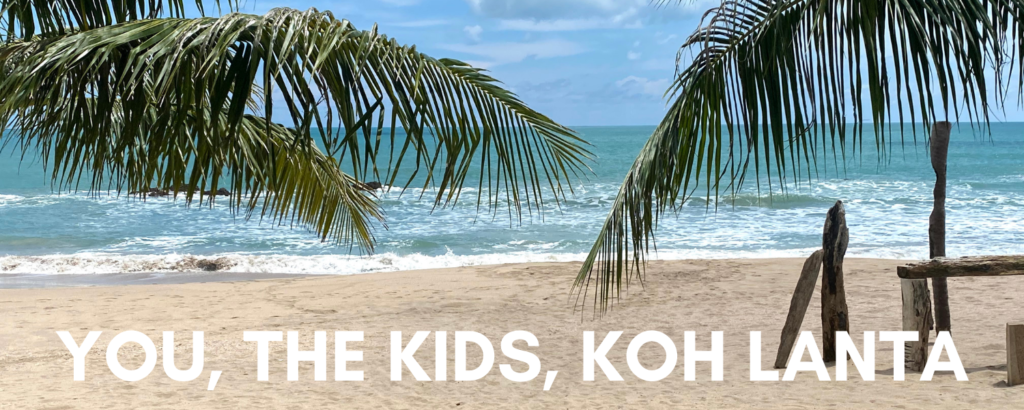
Resting just off the coast of Krabi Province in the Andaman Sea, Koh Lanta is quietly inviting you to explore fantastic beaches and lush jungle. It’s an invite you shouldn’t pass by!
The island is actually two islands – the less developed Koh Lanta Noi (เกาะลันตาน้อย, “Small Lanta Island”) and the main attraction of Koh Lanta Yai (เกาะลันตาใหญ่, “Big Lanta Island”). Koh Lanta is used to talk about both, but people are thinking of Lanta Yai when they say it.
At 30 kilometers long and only 6 kilometers across at the widest, Koh Lanta is big enough to have all the amenities while holding onto the always desirable small island charm. Not wanting to hog the island spotlight, Koh Lanta’s coasts are dotted by over 70 smaller islands. There are literally great vistas everywhere.
If you’ve come to Thailand to party, then Koh Lanta is not the island you’re looking for (yes, you can Jedi hand wave here). People come to these shores to relax – either on the beach or through outdoor recreation.
If you’re living that digital nomad life, this could be the place for you. Unlike some Thai islands which rely on satellite and cell towers, Koh Lanta is hardwired (electricity, phone, and internet) to the mainland. Don’t take our word for it though, you can see the wires draped overhead stretching from the mainland to Koh Lanta Noi via a tower on the islet of Koh Pling.
COVID-19 Note: our time in Koh Lanta (July 2020) came as domestic travel was returning to the Land of Smiles, but the international border was closed. In tourism-dependent places like Koh Lanta, it was heart breaking to see countless businesses shuttered. There were still activities and dinning options, but the bustle and buzz of tourism was painfully lacking. The joy of walking alone on a massive stretch of beach was dulled by the shells of once thriving businesses. Travel in tourism dependent Thailand remains unclear and the way forward is still unknown.
WHEN TO VISIT
October to April is when most people head to Koh Lanta with December to March being the peak for tourism. From May to the start of October, Koh Lanta experiences near daily rainfall with storms typically only lasting a few hours. The monsoons over the Indian Ocean don’t touch Koh Lanta, but they throw lots of wet weather her way. Envision lovely days with a forced nap time / indoor playtime when the skies open for a few torrential hours.
Local businesses try to brand these wetter months as the “green season” but let’s just call it “rainy season”. We’ll give the local branding effort some credit as March / April are HOT and things do get drier and less green.
Pre-COVID, many of the smaller businesses closed for the rainy season and it’s worth checking out your accommodation and also the surrounding area to know what will be open if you’re headed there off season. We’ve got a great tip on this below!
HOW TO GET THERE
Koh Lanta Noi is so close to the mainland that you could swim it – but you don’t have to. Planes, boats, and automobiles will help you get to Koh Lanta.
Arriving by Air (somewhere nearby)
The nearest airports are Krabi, Trang and Phuket. Krabi and Trang have direct road and boat connections to Koh Lanta, and are the best options if you’re traveling straight to Koh Lanta. A number of budget national carriers serve both of these airports.. Some of these airlines sell packages that include airfare, minivan transfer, and ferry costs.
Flying into Phuket is a better option if you’re intending to spend time in Phuket or the other islands dotting the bay between Koh Lanta and Phuket. As a major tourist hub, Phuket’s international airport has both domestic and international flight options. If you’re coming from outside Thailand, this is a slick choice, but if you’re already in-country, you may be more “sabai” in the smaller crowds of smaller airports.
Arriving by Minivan or Bus
Coming by minibus or minivan is a budget friendly route that is easily done from Krabi. Be sure to ask if you’re minivan actually does the sailing. Some will simply drop you at Hua Hin Pier. Walk-ons are not allowed and so you’ll then have to pay to jump on a songthaew (pick-up truck with 2 benches in the back) or another minivan. They’ve been known to charge steep prices as there are slim pickings once you’ve arrived at the pier.
Arriving by Boat
Speedboats and small charters arrive at Sala Dan Pier (alternately written as Saladan). You’ll find boats from Krabi, Phuket, and Trang. You’ll also find a number of outbound boats taking people on day trips (often to Koh Phi Phi).
Self-Drive and Car Ferry
From Route 4, which connects Krabi and Trang, head south on Route 4206. Take this road until road meets ocean – or at least until it arrives at Hua Hin Pier (ท่าเรือบ้านหัวหิน). Don’t let your GPS get confused with the town of Hua Hin where Bangkokians pop down to for long-weekends. Also, ท่าเรือบ้านหัวหิน would be better transliterated as “Ban Hua Hin Pier” but Google Maps favours Hua Hin Pier.
Songserm Tran Service Company Limited operates flat-deck, open-air ferries between the mainland and Khlong Mak Pier (ท่าเรือคลองหมาก) on Koh Lanta Noi. When headed to Koh Lanta, there is a ticket booth about 500 meters before the pier. It is well signed and you just pull off the road and up to a booth to grab your ticket. There are bathrooms there if needed. Tickets are affordable, but in keeping with #2priceThailand, as foreigners, you will pay more.
The ferries go back and forth and no pre-booking is possible. We waited 15 minutes to go but over an hour to return. The sailing time is about 10 minutes and many people sit in their vehicles.
From Bangkok, we drove our tribe of 6 to Koh Lanta. We split the drive into 2 days of about 6 -7 hours of driving per day. We overnight in Chumphon Province as it puts on the beach but still on the main north-south motorway.
Getting Around Koh Lanta
In 2016 the Siri Lanta Bridge connected Koh Lanta Noi and Koh Lanta Yai making travel to and around the islands much simpler. The bridge connects the the two islands near Sala Dan Pier. From this area, the main road (Route 4245) continues down the western side of the island. There are smaller roads that curve east but they are less developed. About mid -sland on Koh Lanta Yai, the road continues south but also cuts across to the eastern shore. Think of it like a lower-case “h” laid over the island as a roadway. You should note that the roads do not connect at the bottom of the island as Mu Ko Lanta National Park occupies the southern tip.
If you did not drive yourself, then scooter hires or the island version of taxis are available to transport you where you’d like to go.
WHERE TO STAY
You’ve come all this way to bask in the beauty of nature so we don’t get why anyone stays in the Sala Dan area. The pier and bridge bring-in crowds and so it’s a great place to shop, stock-up, get cash, – but don’t stay here. Head further south and find yourself somewhere lovely on a beach.
Our beach of choice is Klong Nin (also spelled Khlong Nin). This stretch of white sand isn’t as vast as Long Beach, but it’s a good walk end-to-end. From the small town of Klong Toab, there are a number of hotels lining the beach and inland on the road. Here, the accommodation options are more diverse than elsewhere on the island and you can stay in a modest hut or a 4 star hotel.
From Klong Nin Beach, the figures of Koh Phi Phi stand in the distance reminding you that there are adventures to be had out in the bay. The sand is white and the palms are gracious.
Numerous beachfront hotels and eateries mean that staff are taking care of the beach and removing any trash that washes ashore. The nightlife is simple here and so forego your dancing shoes for stories to swap over cold beach bar beers.
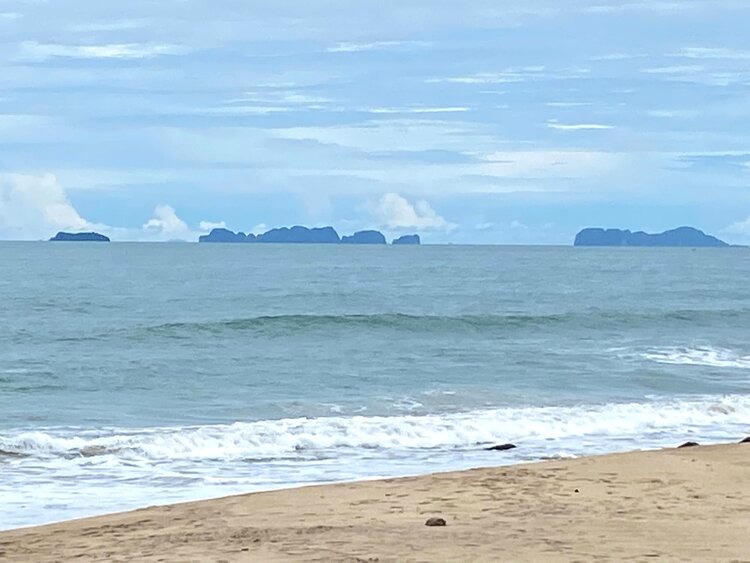
We stayed in a fun beach villa at Thai Island Dream Estate. This 3 bedroom home uses indoor-outdoor space in a relaxing way – and hey, you’re own private pool certainly helps! Having taken our car, this option allowed us to pull our vehicle into a gated driveway and off the little roads. House keeping comes every-other-day and Ray, the manager, was always available. The living / kitchen room does not have AC, but with fans, ocean breezes, and basically living outdoors, this was no problem at all.
Thai Island Dream Estate does have apartment-style options, though the ones on the second floor do have walk down on the street side of the building and walk around to the common pool.
WHERE TO EAT
Bars and eateries are meant to be accessed and enjoyed from the beach in Klong Nin. If you’re coming from the street side, don’t be put off by little signs and humble doorways – there’s greatness beyond!
French Bakery Restaurant was a wild success with our kids and close to where we stayed. The open-air, informal vibe and the pool table (they’d never seen one before in their lives) made this place their top request. It helps that the food is delicious! Even if your meal doesn’t call for it, be sure to order a fresh baguette. Just apply butter liberally and enjoy!
The Garden Restaurant has a truly diverse menu and regardless of cuisine, all of the dishes were top shelf. This is a welcoming space for families as it’s run by a family – grandma in the kitchen, and mom and kids (grandkids) out front. You can sit out in the garden or in their open-air restaurant. Cooking classes are also on offer and though we didn’t do it, based on the great taste of their food, this could be a class worth exploring.
We saved The Fat Turtle Restaurant, in Long Beach, for our final evening. Situated on a tiny cliff on the beach, you do have to walk through The Thai House Beach Resort to get to it. So if you feel like you’re trespassing, then you’re going the right way. Whether you’re looking for food or drinks, this beach side bastion is lovely.
Ray, the manager at Thai Island Dream Estate, brought us baked goodies from Aunt Mae Bakery and Coffee. The banoffee had us feeling all the feels so we made it a breakfast spot. Located on the main road through Klong Nin, this cafe is part of the Rawi Warin Hotel and it’s cute interior, strong coffee, and yummy baked goods meant everyone in the family had something to enjoy.
TIPS
Koh Lanta is in Krabi Province. Krabi’s history is eclectic and so are the people and cultural mix with influences from Thai Buddhist, Thai-Chinese, and Thai-Islamic traditions. It means there’s so much to experience. It also means there is usually a festival for something happening. Pro: you could enjoy a unique cultural event. Con: things shut-down or alter schedules for differing holidays. Always check ahead.
You cannot miss a visit to Lanta Old Town. This unique seaside community has a vibe that will make you slow down and smile. Nestled on Koh Lanta’s eastern coast, this is where nomadic seafarers first settled. With the arrival of Arabic and Chinese merchants, this port blossomed. It is now the district capital (hello post office, police station, and hospital), but it has not lost the charm of it’s rich past. Come for a morning and explore the shops, take in the architecture (many of the structures sit over the water), and grab a great seafood lunch
Be sure to meander down the lengthy pier and grab a family photo in front of an odd / appealing giant lobster statue. You’ll also find locals and tourists alike making their way out to Koh Bubu, Koh Talenbeng and Koh Por. On Airbnb, you can find a number of these traditional over-water homes available to rent (some with very modern twists). We were seriously tempted but passed (for now) as we have a 2 year old who likes to climb!
There are a number of Facebook groups about Koh Lanta which we joined prior to our visit. Residents and business owners were generous with their time and insights and it helped us prepare for our time on Koh Lanta.
This is an island we’ll be going back to. We’d love to answer any questions you have or hear about your travel stories from Koh Lanta!

